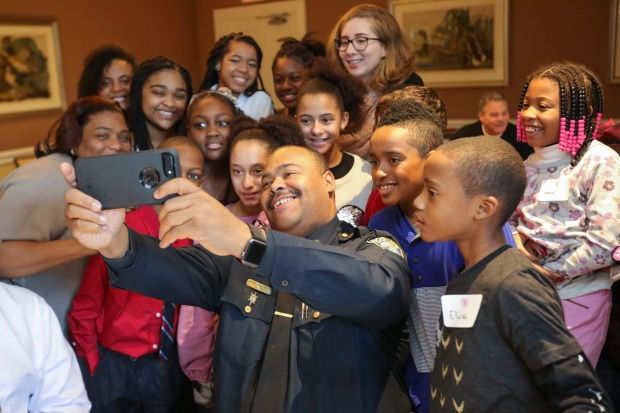VRMISR Chapter 7: Inner-City Children in Sharper Focus
- berlinany13
- Oct 13, 2021
- 2 min read

This chapter focuses on sociology of children living in the inner cities and the impact of their social worlds. The author was discouraged by ethnographic studies preceding her own feeling children were poorly represented. Marisol Clark-Ibanez was inspired to produce an account of the children she studied to provide a new view of children as, “… active, creative, important actors in their own right”, using photo elicitation interviews to gain insight into their lives (Stanczak 2007). selecting participants. After a year of observing in their classrooms, the author established relationships with the kids and their families. Over this period of time she gained access into their homes and began to see reality from their point of view.
Assessing the sociology of children from previous accounts Clark-Ibanez realized that none of the literature addressed what it was like to be a poor minority child. The method of photo elicitation used in this Study of inner-city children depends on the symbolic interaction theory in sociology. By viewing photographs chosen as important by the kids in her study, the author was able to draw conclusions about unspoken characteristic and events by identifying the symbols from these images. The portraits offered value beyond what a spoken interview was able to provide considering the conversation level of the age group. The method has different techniques such as researcher photographs where pictures are used as prompts to research questions. However, this option does not work as well with children. An inductive research approach was used by Clark-Ibanez, allowing the children to take their own pictures to stimulate interviews, known as autodriven photo elicitation. When considering having to do an interview with my four-year-old daughter many obstacles jump out including attention span, cooperativeness, communication barriers, etc. Clark makes the point that this method of interviewing children yields the best results because they are familiar with the material they choose and this allows access to information motivated by the elicited photos.
The photo elicitation interview does come with unique obstacles as Clark describes by explaining the process she operationalized with the inner city kids project. Equipment distribution and photo retrieval, parental permission, scheduling and transcribing interviews, and coding images and transcription were some of the added difficulty that standout for me. The visual aid provided by a picture is not interesting by itself, according to Clark, but the kids descriptions of the photos appealed most to her investigation. After reading all the contextual and reflexive information Clark was able to collect through the photo elicitation process I was in tears from all the intimate details described which illustrated clearly to me the hardships of these poor minority inner city children. Although research involving children may be too emotional for me now, if ever approaching this topic, photo elicitation will definitely pose the best method for me.
Gregory C. Stanczak (2007) Visual Research Methods: Image, Society, and Representation (VRMISR), Sage
Publications




Comments